Ultimate Guide to Shipping Internationally: Tips and Tricks

With the quicksand that is e-business, international shipping has proven to be a very key driver of growth in the online business. As statistics suggest, the global e-commerce industry is expected to reach trillions of dollars by 2024 with cross-border transactions making up a substantial proportion of this revenue. The growth potential is very enormous, but so are the threats. While entering foreign markets helps to attract new customers and also increase sales, the difficulties associated with customs duties, taxes as well as legalities might be quite cumbersome.
This article is your reference for mastering the craft of international shipping. We'll guide you through untapped markets and logistical management by considering their advantages and disadvantages. Whether you're an experienced business owner or just getting started, our comprehensive tips and techniques will help you ship worldwide with comfort and confidence, assuring a smooth experience for both you and your global consumer base. Join us on this journey to uncover the full potential of international commerce.
Tips and Tricks in International Shipping
International shipping can be a complex and challenging, especially for small businesses and e-commerce sellers. There are many factors to consider, such as customs regulations, shipping costs, delivery times, packaging, and documentation. To make your international shipping experience easier and smoother, here are some tips and tricks that you can follow:
Research Your Target Countries and Markets
Before you develop your web business abroad, conduct extensive research on your target countries and marketplaces. Understand the local preferences, laws, and shipping infrastructure. Identify potential issues, such as customs procedures and import limits. A thorough grasp of your destination markets will allow you to adjust your shipping strategy to provide a tailored and smooth experience to your overseas customers. Stay tuned for additional important insights into navigating the challenges of worldwide shipping with confidence!
Identifying Profitable International Markets
To find profitable international markets, do extensive market research that takes into account customer demand, economic stability, and cultural differences. Use web tools, industry studies, and demographic information to determine potential clients' purchasing power and preferences. Consider things like transport infrastructure, regulatory conditions, and competition. Look for markets where your product fills a demand gap and evaluate the ease of entry. Examine currency exchange rates and associated hazards. In conclusion, an intimate understanding of the countries and markets to be targeted enables decision-making, making it much more likely that your business will benefit from its expansion.
It is very necessary for effective international shipping to adhere to the customs rules. First, go to the government websites such as customs authorities for the current regulations. The World Customs Organization and trade associations provide essential resources via online platforms. Harmonized System (HS) codes can be used to cross-reference specific product information.
In addition, freight forwarders and customs brokers offer their knowledge. Examples of important considerations include restricted items, import duties, and documentation requirements. Thoroughly studying and comparing country-specific information facilitates a fast customs clearance process, reducing delays and promoting seamless international trade. Stay educated to understand the complexity and optimize your shipping strategy.
Choose the Right Shipping Mode and Partner
Navigating the vast range of shipping modes is critical to international success. Identify the pros and cons of transportation by air, sea, or also land. Air cargo is very quick but also costly, sea freight is quite cheap yet slow and land freight finds a good middle ground. Focus on your business goals such as cost-benefit analysis, quick delivery speed, reliability, and customer satisfaction. Examine possible partners' track record, global presence, and customer feedback. Use online freight marketplaces, logistics platforms, and industry forums to gain insights. Request quotations from multiple carriers to compare expenses. To ensure seamless international shipment, choose a flexible and trusted partner who understands your business goals.
Optimize Your Packaging and Labeling
Effective packaging and labeling are critical for effective overseas delivery. Ensure that products are properly packed using appropriate materials, considering fragility and size. Standardized packaging can help you save money while still complying with shipping laws. To save money on shipping, reduce the amount of weight you use. Use clear and multilingual labeling, such as product information, barcodes, and destination details. Packaging should be tailored to the product type; for sensitive items, consider using climate-resistant materials. Use carrier-specific packaging rules and industry norms. For perishables, use insulated packing. To avoid delays, look into the labeling regulations particular to each destination. By improving packing and labeling, you may improve product protection, save expenses, and speed up customs clearance for a more efficient international shipping experience.
Prepare Your Shipping Documents and Data
Mastering international shipping demands careful management of necessary paperwork. Important documents are the invoices, packing lists, certificates, and also the tracking numbers. Accuracy and the timeliness of submission is very vital to avert any delays, mistakes as well as penalties. Deploy digital tools, such as shipment software and web-based applications to streamline document preparation and management. Maintain a checklist to ensure that all necessary documents are included. Familiarize yourself with destination-specific requirements and adhere to them carefully. Tracking information should be updated regularly to ensure openness. By proactively preparing and submitting shipping paperwork, you not only speed up customs clearance but also promote a dependable and efficient international shipping procedure.
Calculate and collect shipping fees and taxes
Navigating international shipping fees and taxes is critical to financial precision. Understand various charges, such as shipping rates, tariffs, and sales taxes. Use trusted tools and other resources to accurately estimate expenditures. When establishing fees, take into account shipping distance, weight, and destination-specific taxes. To avoid undercharging or overcharging, keep up to speed on the newest rates and rules. Implement clear pricing tactics to build consumer trust and pleasure. Use e-commerce platforms with built-in calculators for easy fee integration. When you can accurately predict and accumulate the shipping costs and taxes, not only does your profit margin is secured but also the international trade process becomes more transparent.
Communicate and collaborate with your clients and stakeholders
Effective communication and teamwork are key components of the international shipping journey, building trust and satisfaction among consumers and stakeholders. Keep all parties aware of shipping schedules, any delays, and tracking information. To reduce obstacles in customs processing, provide clear and simple instructions. Proactively handle consumer questions and issues to ensure a great post-purchase experience. Use communication channels like email, order tracking portals, and customer support platforms. Set up proactive measures such as order confirmations and customized shipment updates. By emphasizing openness and collaboration, you not only increase customer loyalty but also provide a fast and dependable international shipping experience for all parties.
Track and improve your shipping performance and quality
Regularly analyzing and improving shipping performance is essential for long-term success in international trade. Monitoring guarantees on-time deliveries, reducing delays and customer discontent. Use data analytics and customer input to discover pain spots and opportunities for improvement. Key data include delivery timeliness, order accuracy, and customer satisfaction ratings. Implement best practices derived from industry benchmarks while remaining agile to respond to shifting market circumstances. Use technology to track shipments in real time and respond to difficulties quickly. Continuously refining your shipping operations not only improves service quality but also positions your company for long-term growth and customer retention.
Conclusion
To summarize, Sohar Shipping is an experienced international Shipping Company in Oman that prioritizes excellence, customer satisfaction, and quality assurance. With a global network that covers sea, air, and land transport, we provide seamless logistics and transportation solutions, including container, break bulk, and RO/RO vessel handling in various ports throughout Oman.
For those entering into international shipping, the following tips are essential: Conduct thorough market research to better understand your target countries and markets. Choose carefully based on cost, speed, and dependability. Safe, efficient, and compliant packaging, Accurate documentation, Transparent Fees and Taxes, Build trust via effective communication and collaboration. Continuous improvement: monitor metrics, gather feedback, and refine shipping processes.
For further information and support, consult foreign trade associations, shipping guidelines, and industry forums. Accept the changing landscape of international shipping to grow your business globally. Are you ready to take off on a path of expansion and excellence? Please feel free to share your views and questions with us!
Latest Blogs
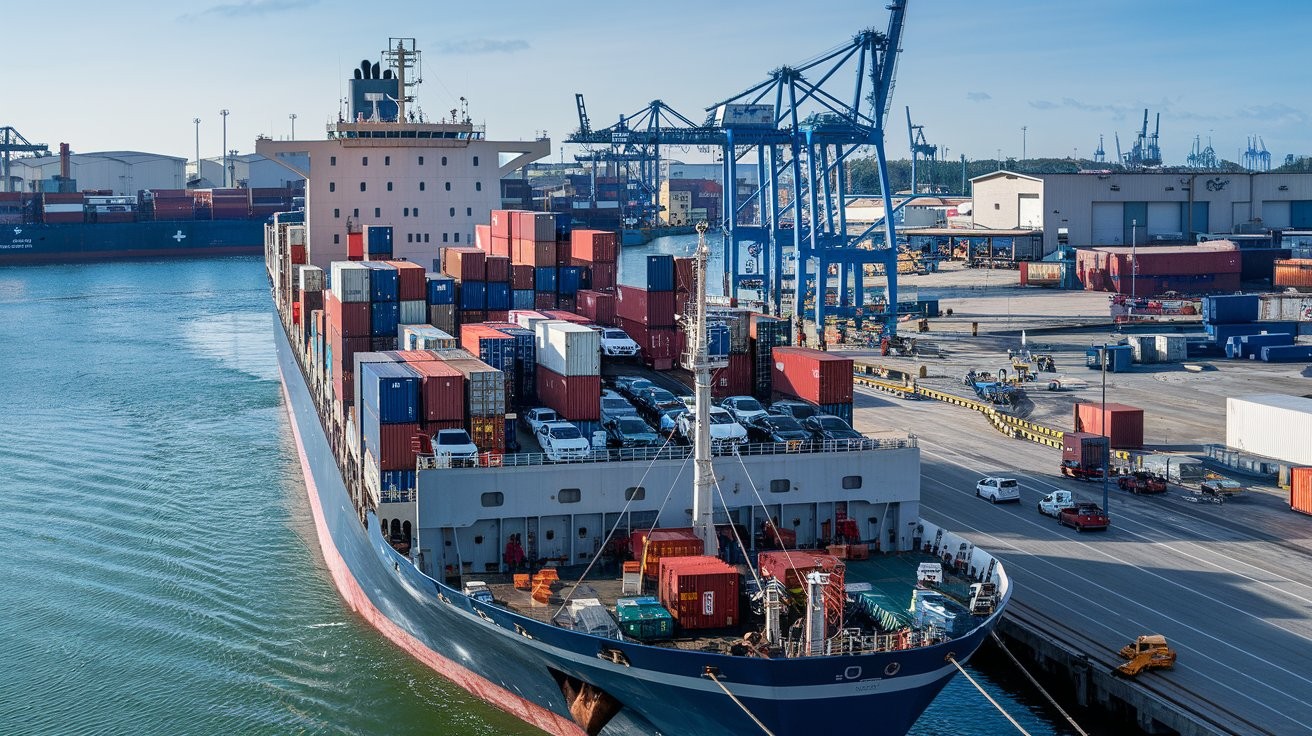

Key Benefits of End to End Supply Chains
20 Sep, 2024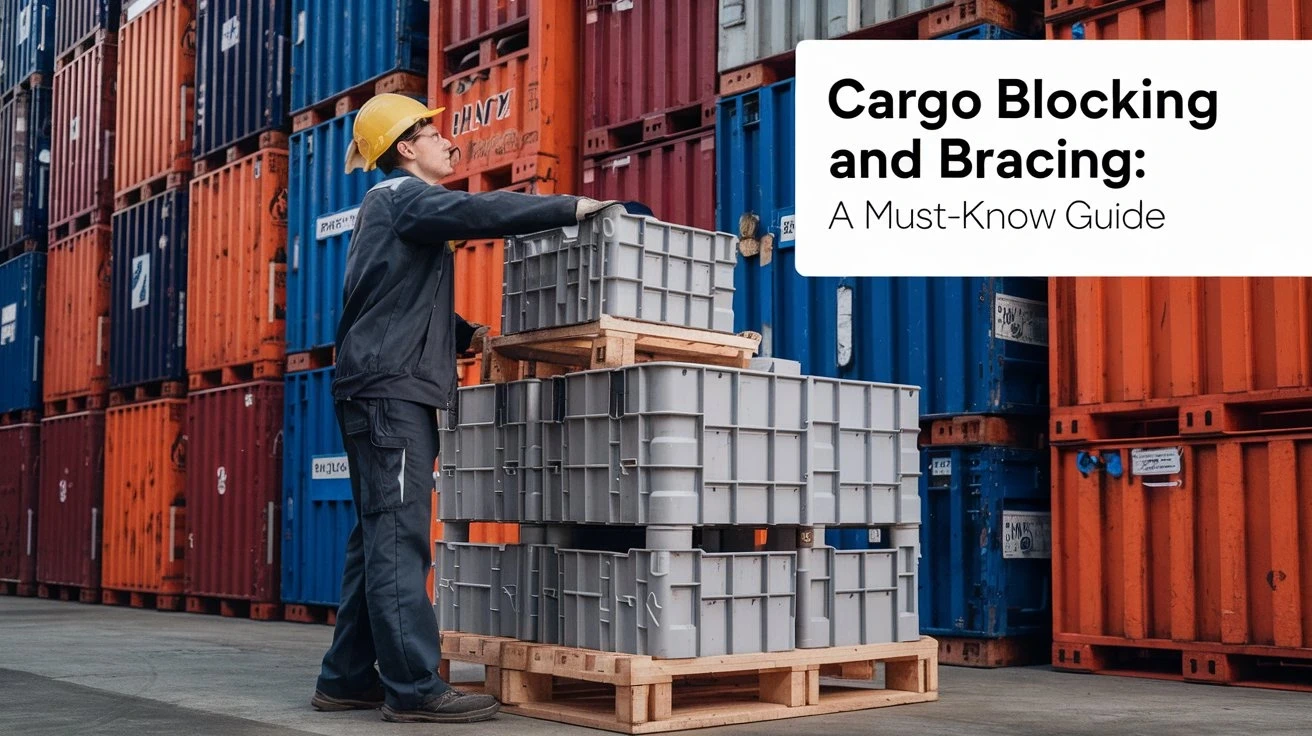
Cargo Blocking and Bracing: A Must-Know Guide
17 Sep, 2024
Third-Party Logistics (3PL): A Complete Guide
31 Jan, 2024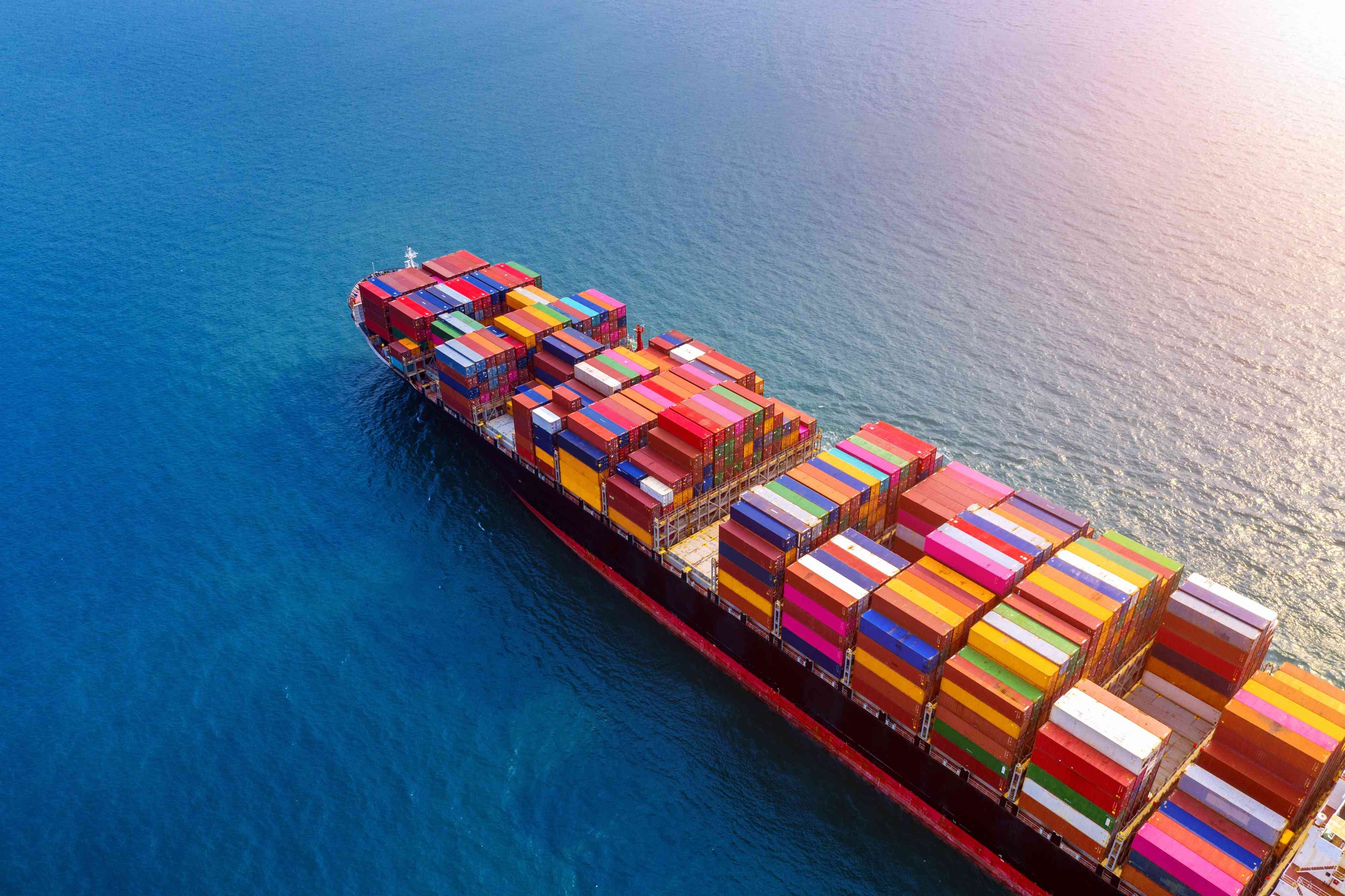
How do I book a container by sea freight
27 Nov, 2023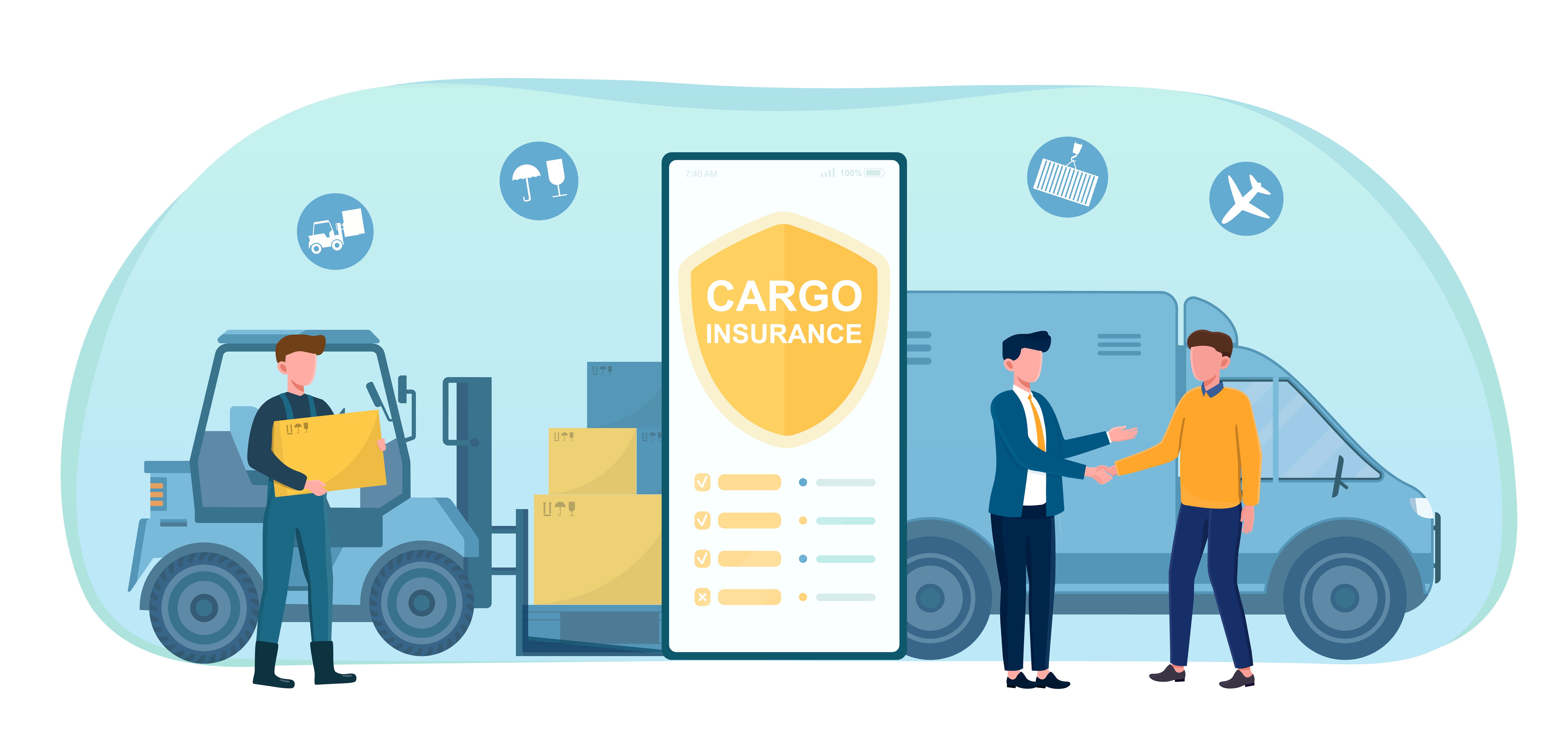
Top Reasons You Need A Cargo Insurance
30 Aug, 2023
Benefits of Customs Bonded Warehousing
24 Jul, 2023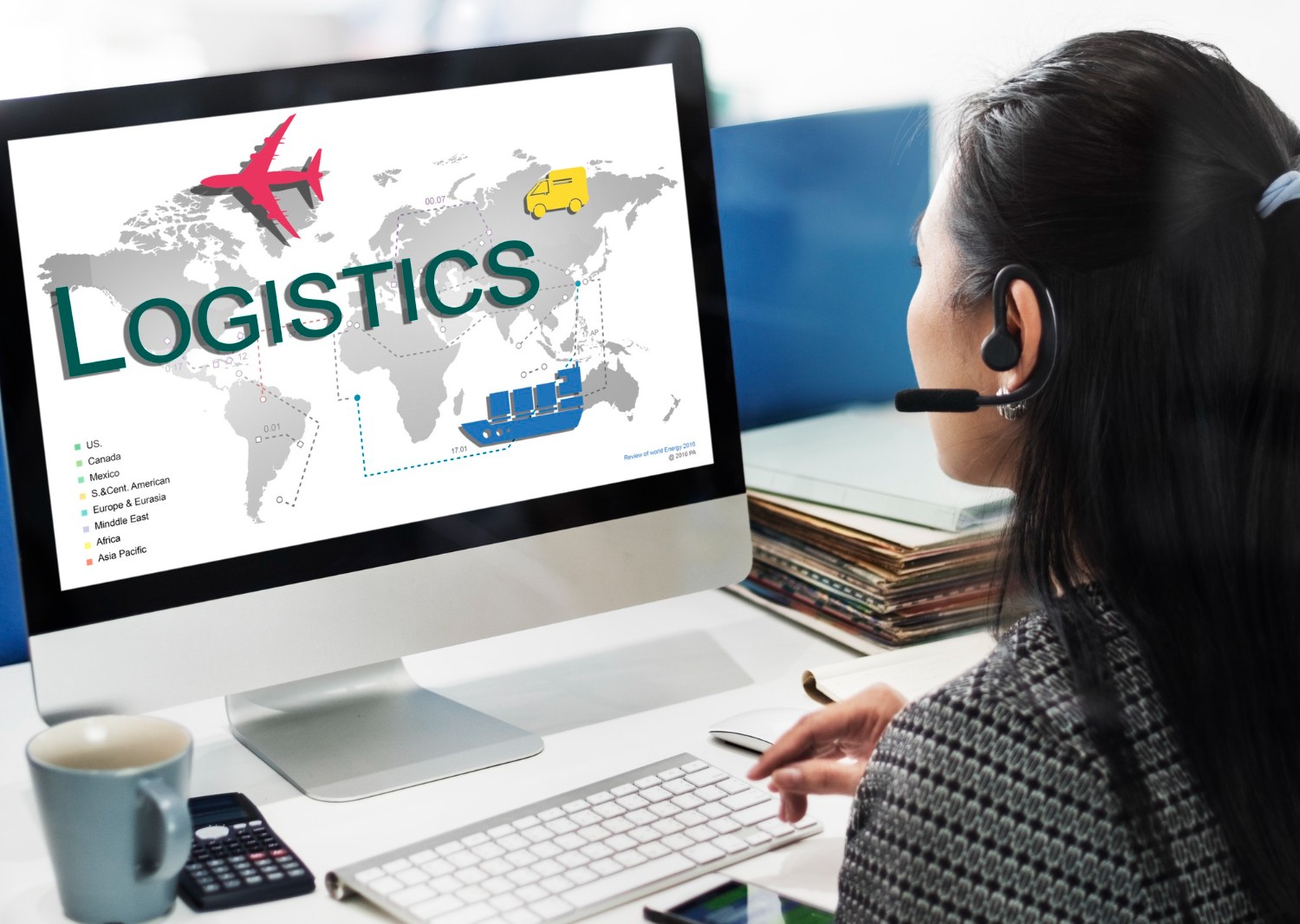
Benefits of Logistics Outsourcing
30 Jun, 2023
What is Dry Docking & Why Do Ships Do It?
30 May, 2023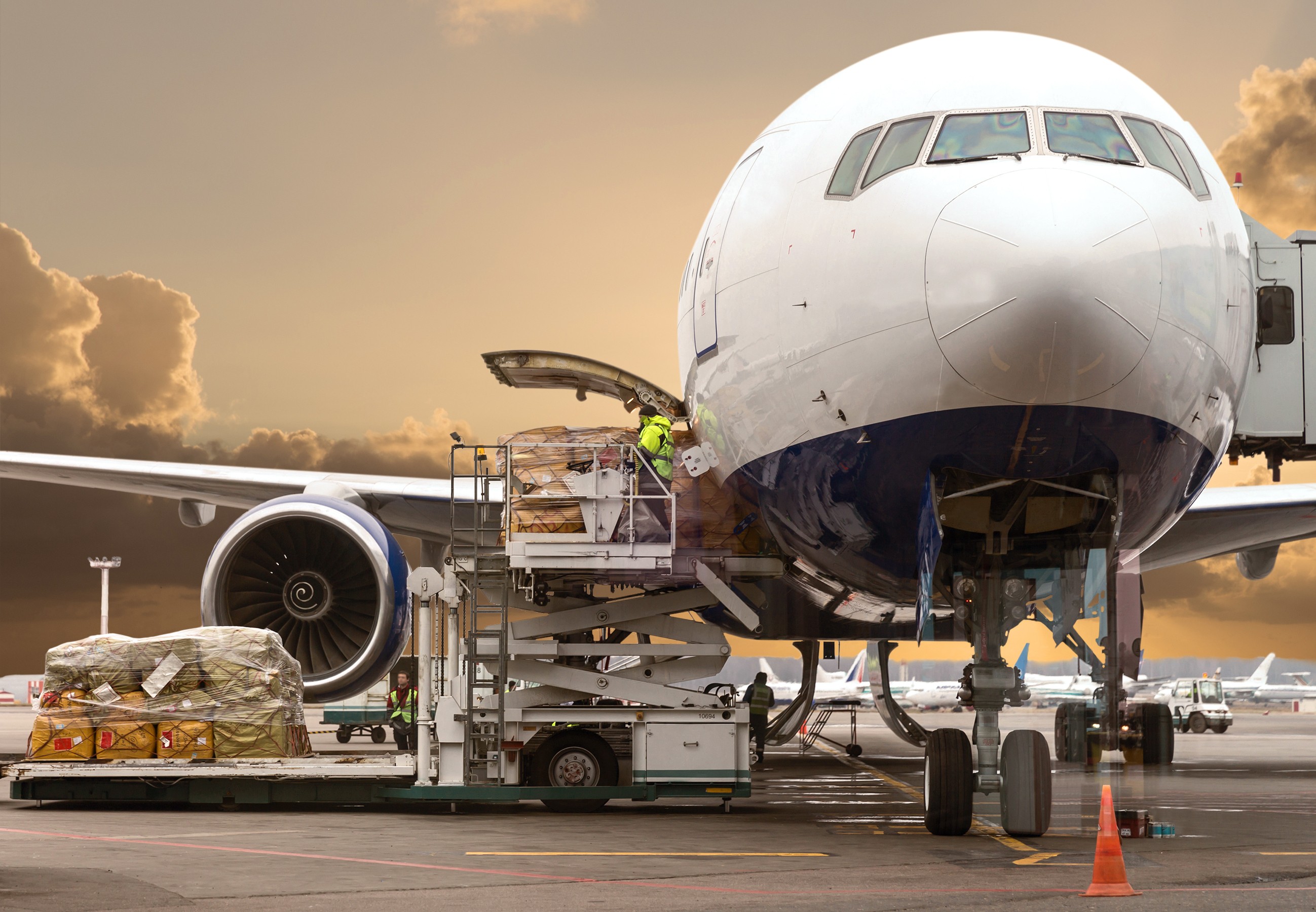
All You Need to Know About Air Freight
16 May, 2023
Ways Carriers Benefit from Contract Logistics
25 Apr, 2023
Pros and Cons of Contract Warehousing
27 Mar, 2023641c5faf72d6a.jpg)
Advantages of Freight Consolidation
23 Mar, 2023
All You Need to Know About Freight Charges
27 Feb, 2023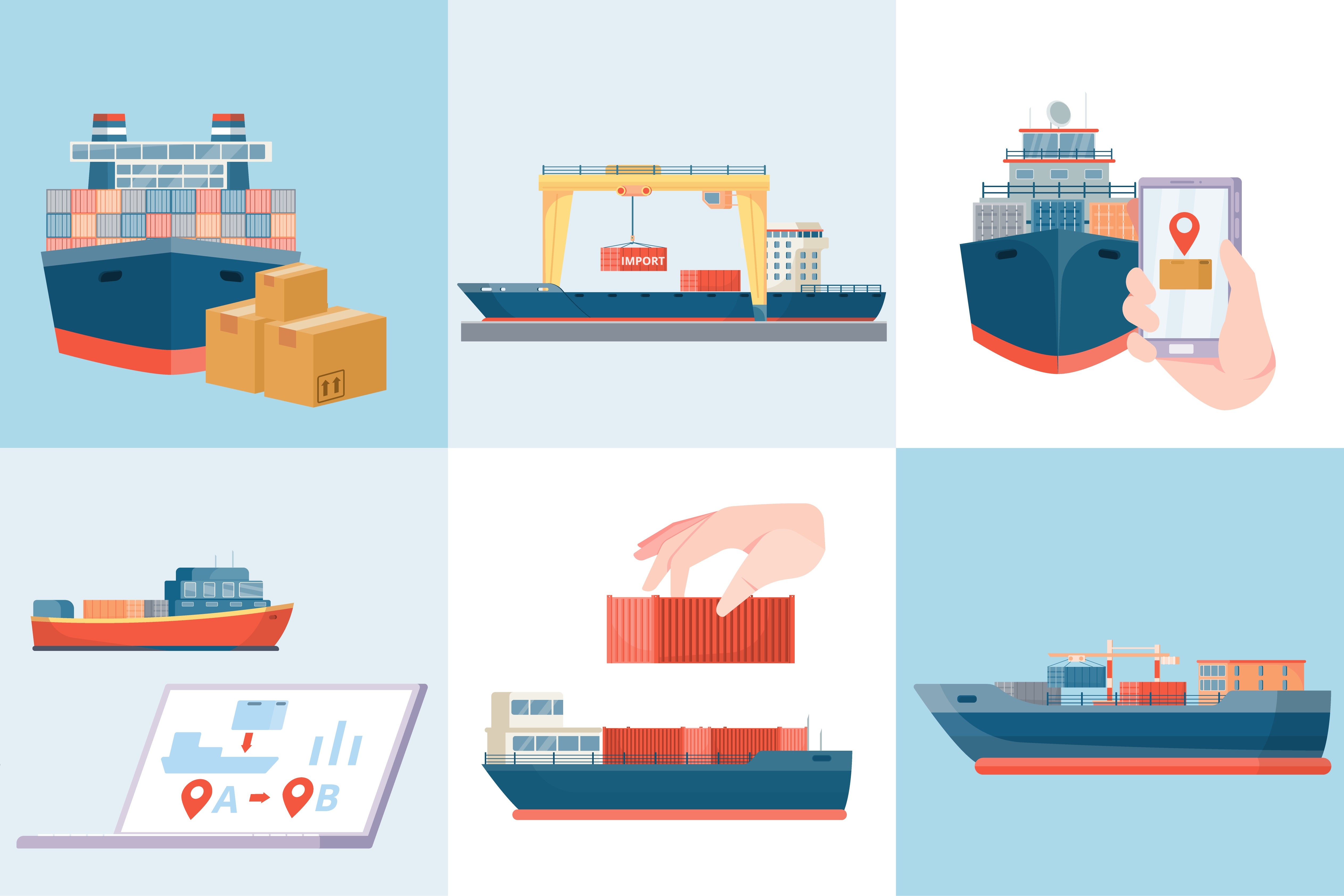
How to Find A Good Freight Forwarder?
24 Jan, 2023
What is Project Cargo and How is it Transported?
07 Nov, 2022
How International Ocean Freight Shipping Works
25 Oct, 2022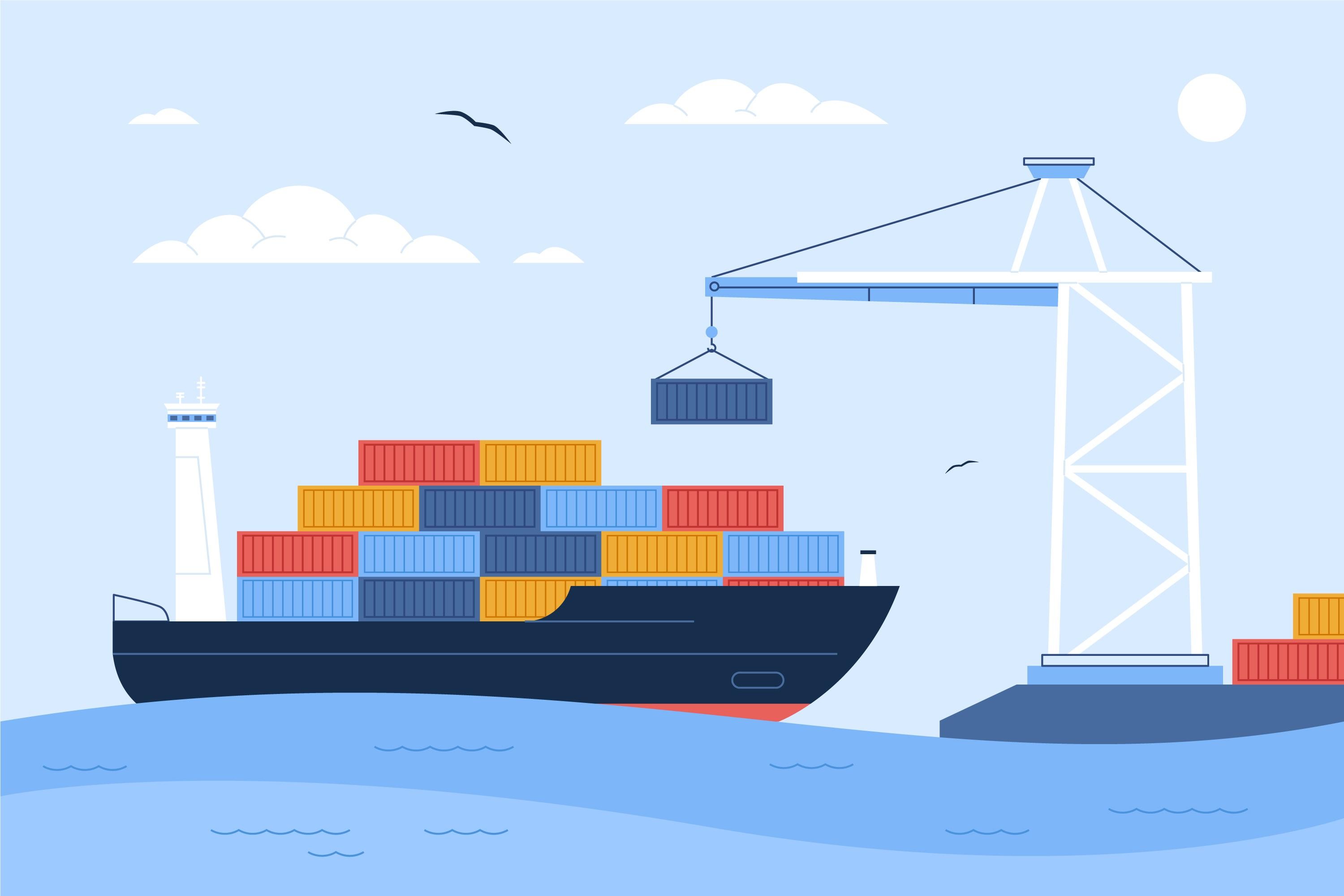
How does LCL shipping work?
26 Sep, 2022
8 Ways to Optimize Your 3PL Relationship
22 Sep, 2022
Benefits Of Using An Outsourced Warehouse
22 Aug, 2022
Importance of Cargo Insurance
30 Jul, 2022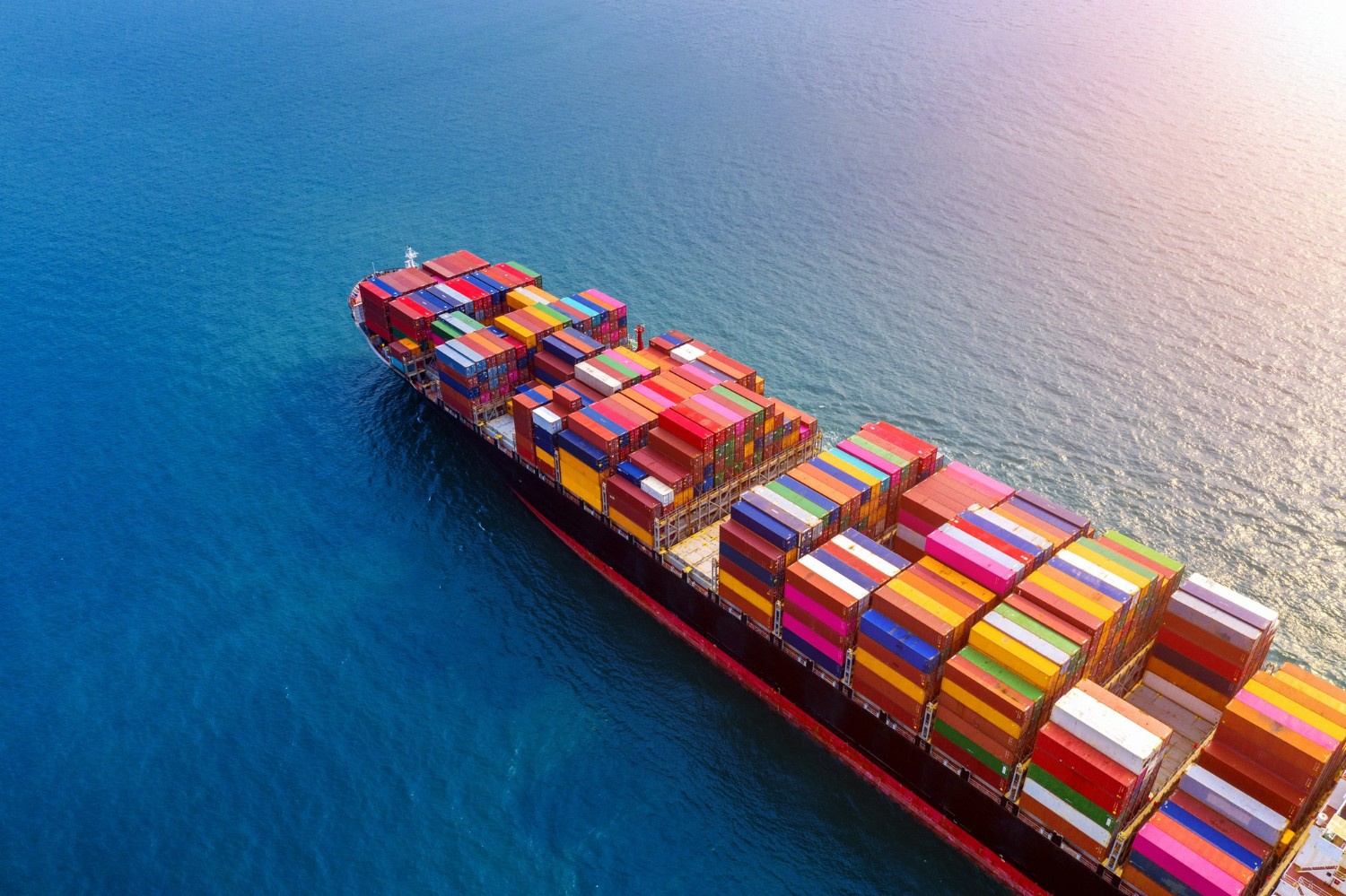
Top 10 Benefits of Ocean Freight Shipping
22 Jun, 2022
LCL or FCL - Which is Right for Your Cargo?
26 May, 2022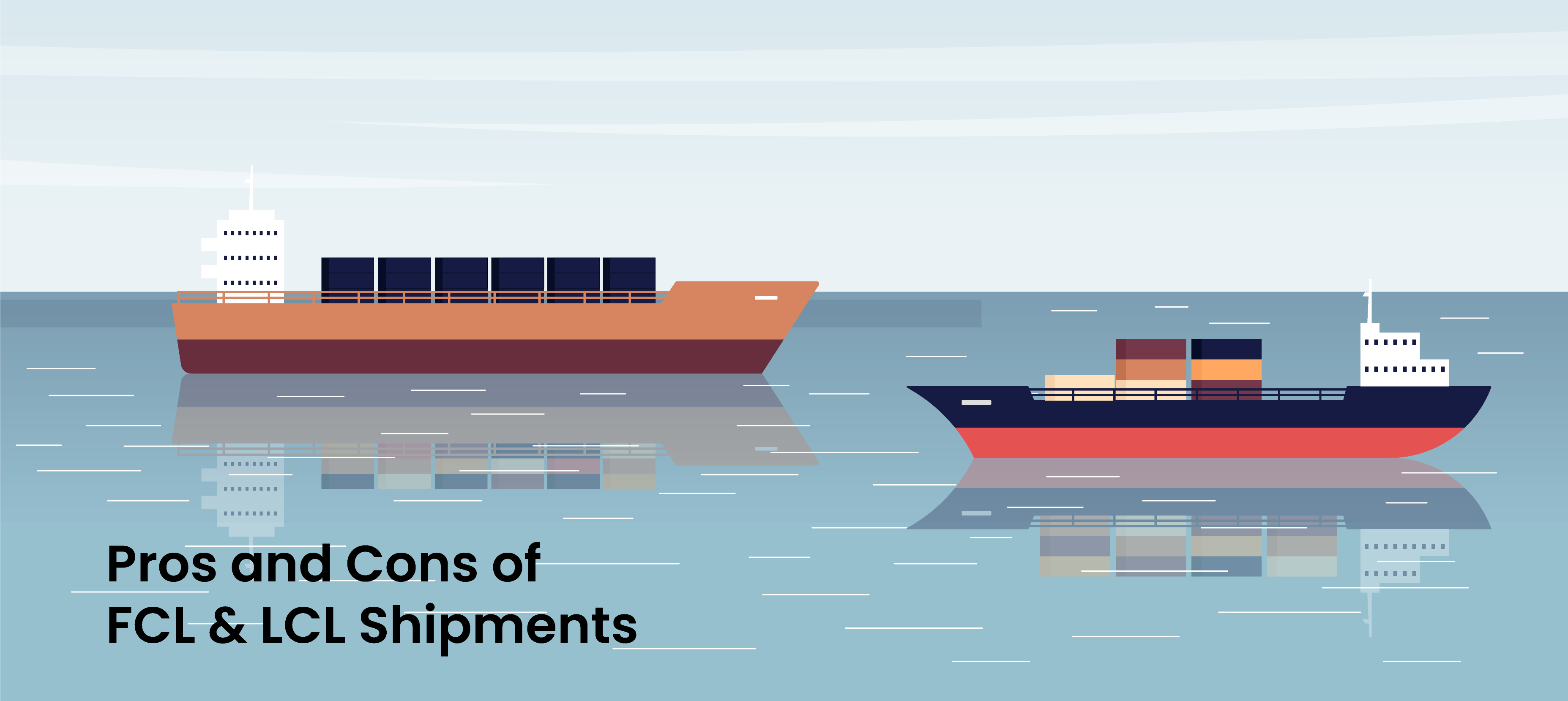
Pros and Cons of FCL & LCL Shipments
21 May, 2022
Key Benefits of LCL Shipping for Your Business
28 Jan, 2022

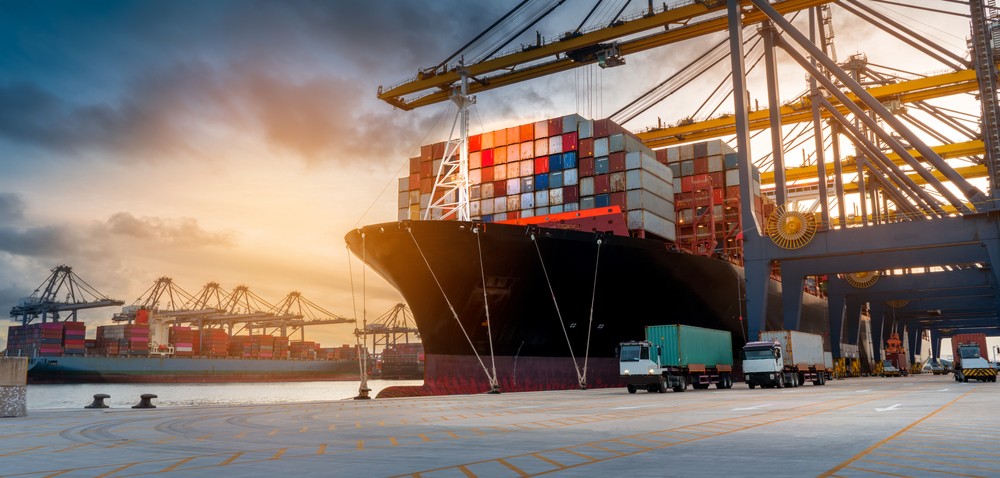
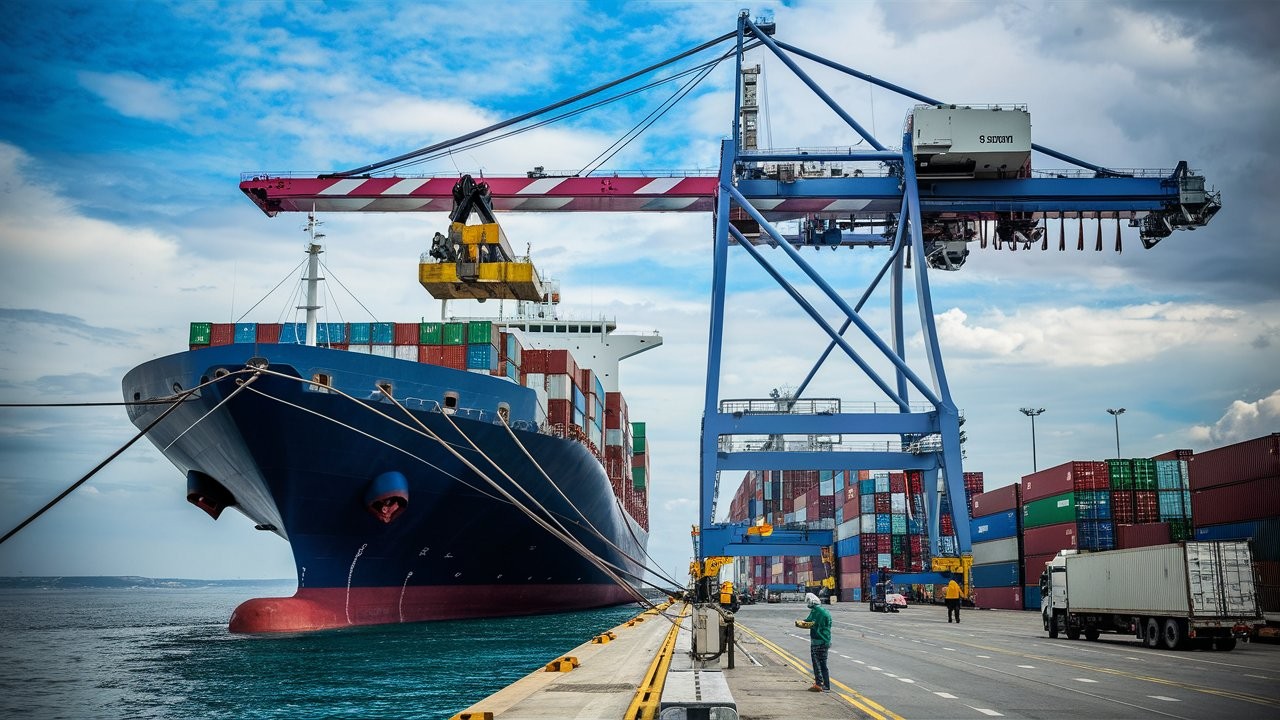
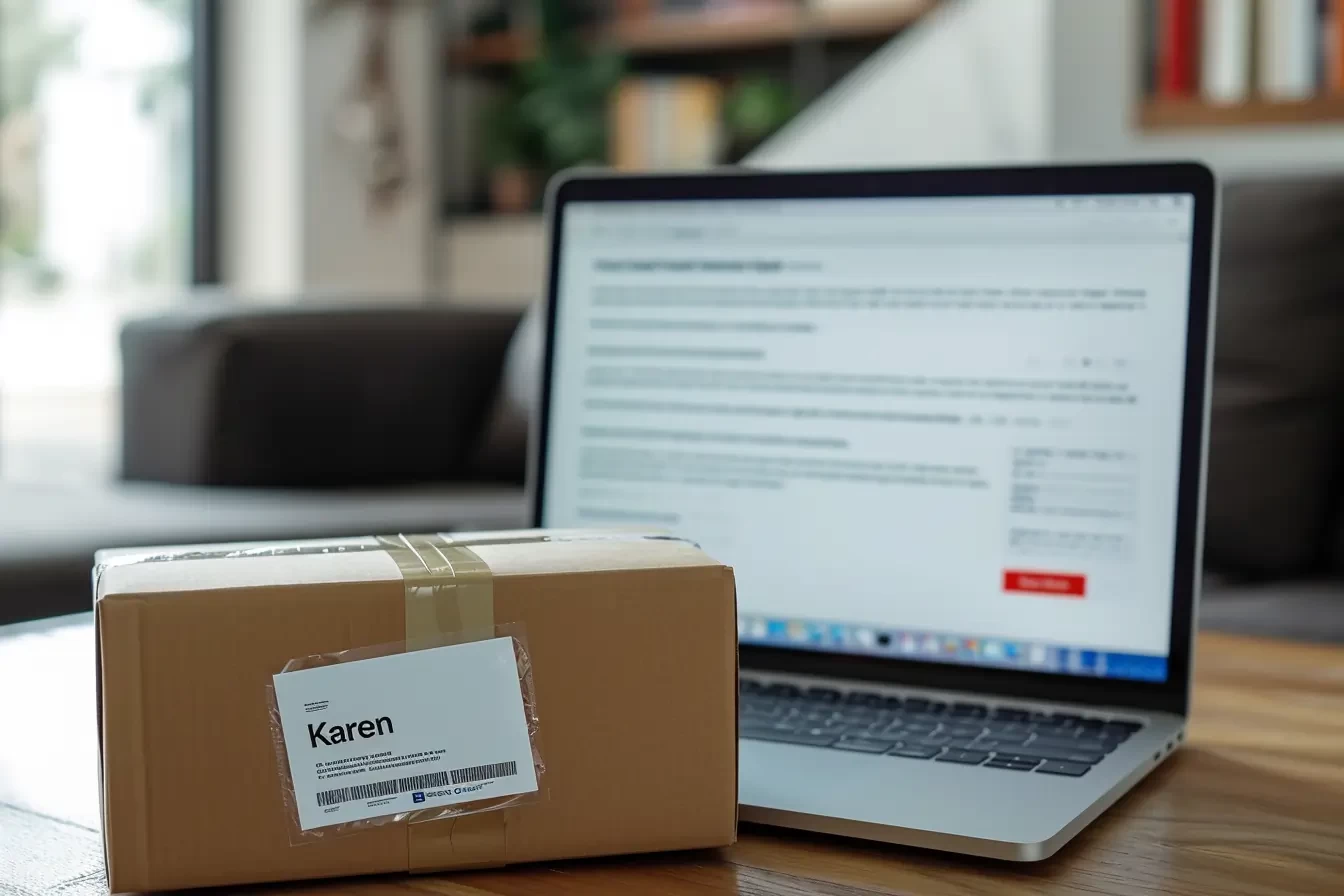
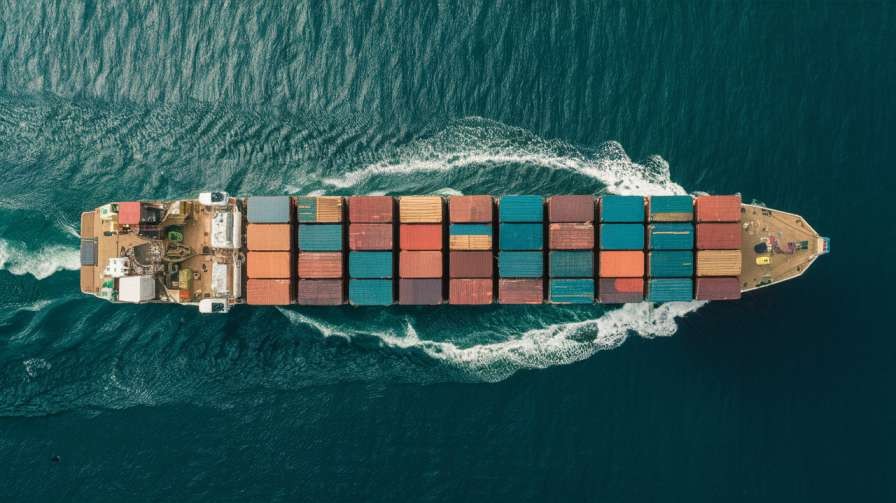

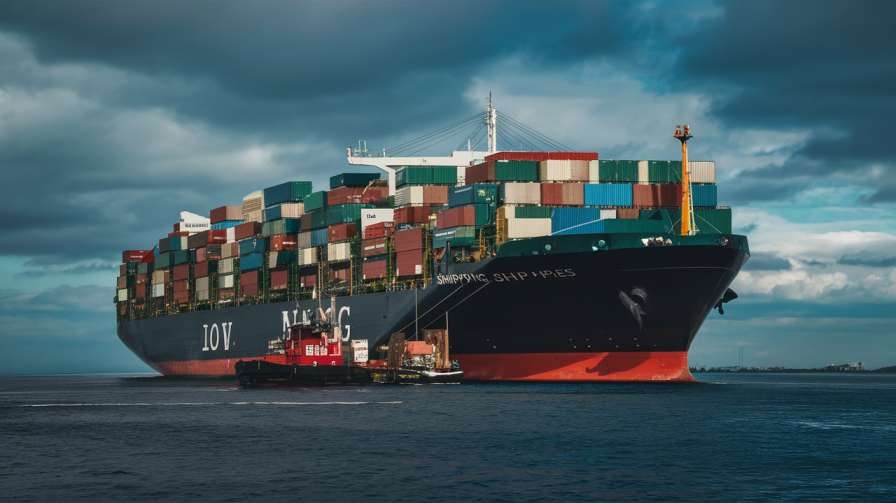


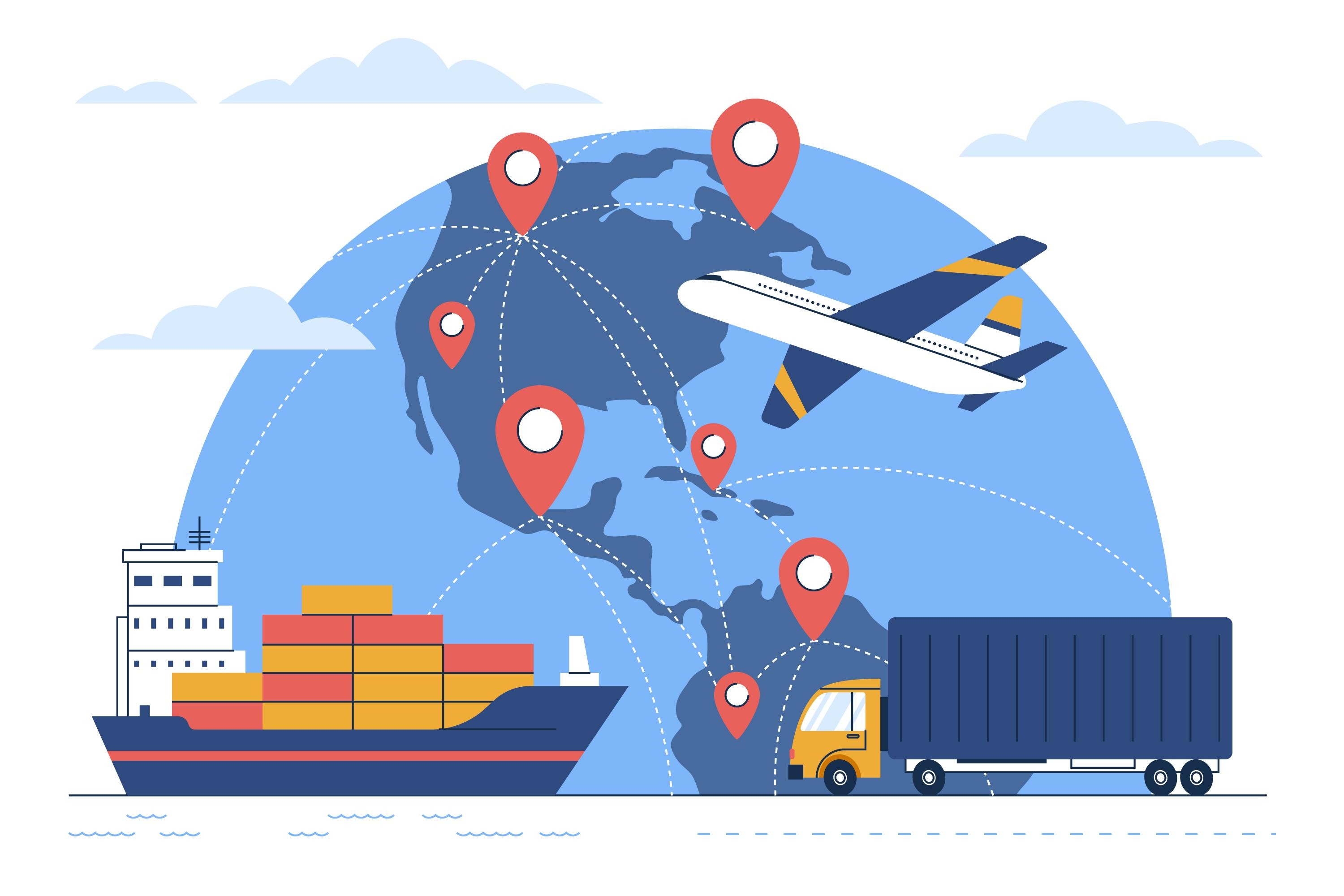



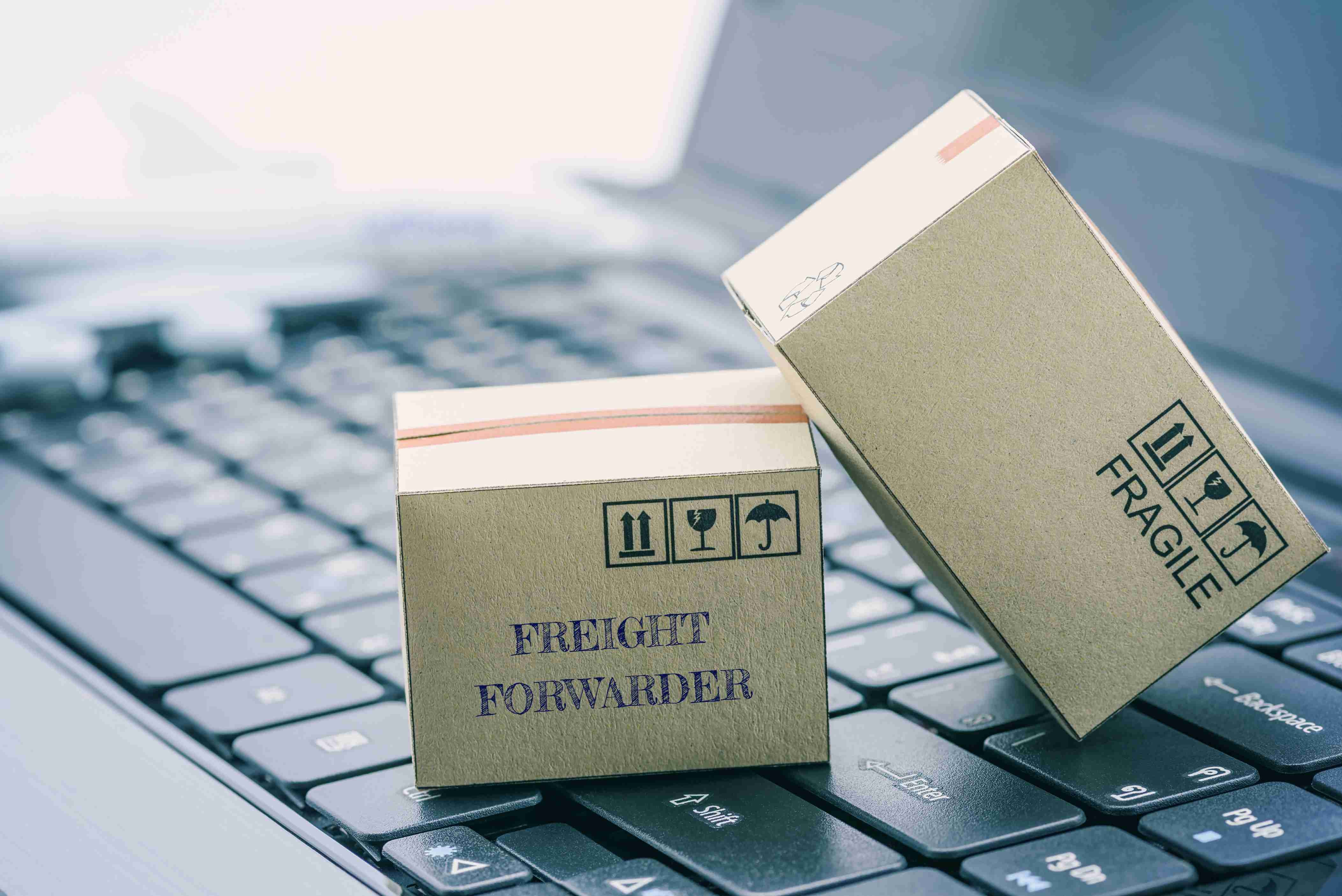


64ef6d522bd5d.jpg)
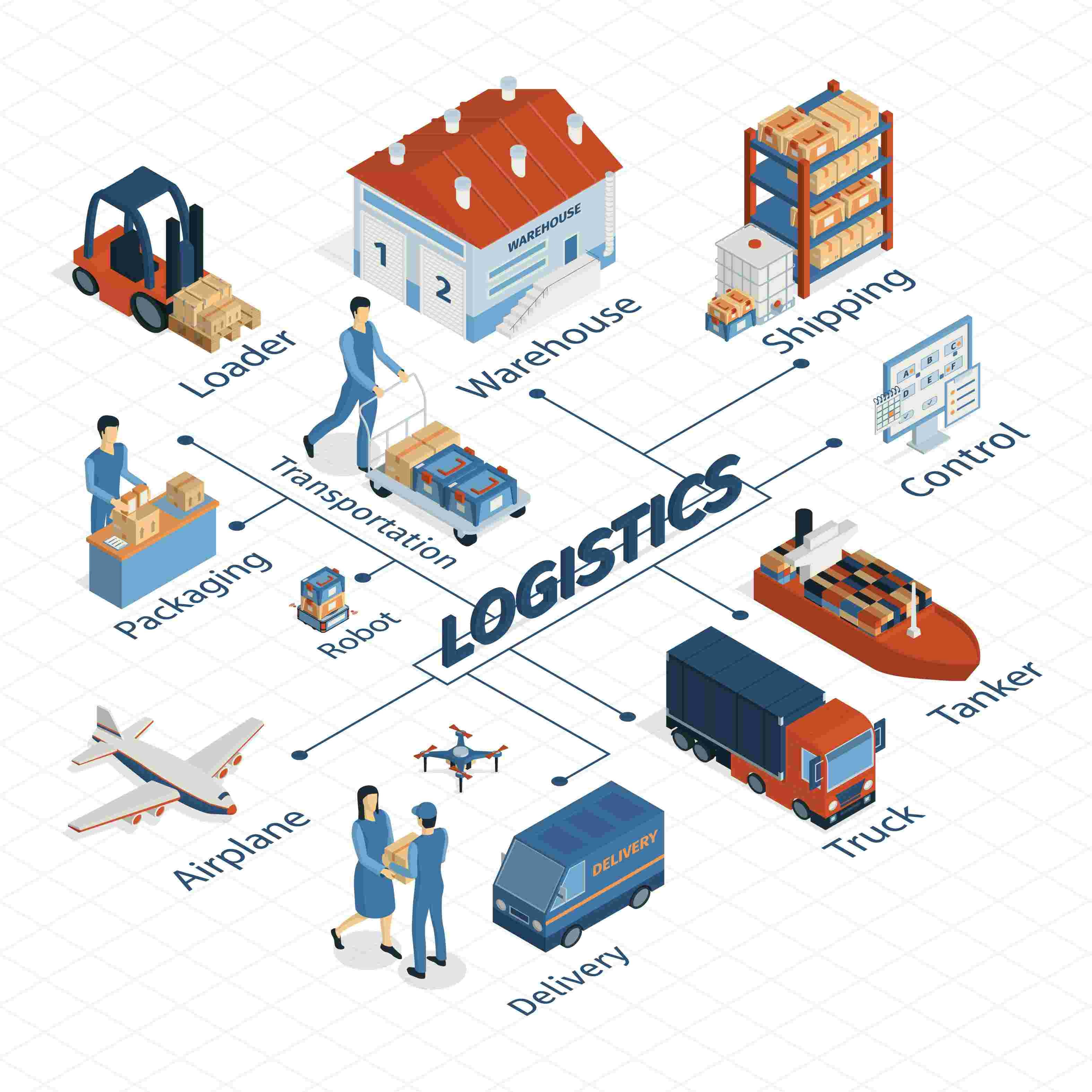
64a477953e86e.jpg)
643ff0cfeaf4e.jpg)
63fcb9023ba5f.jpg)
63d94f83c4432.jpg)


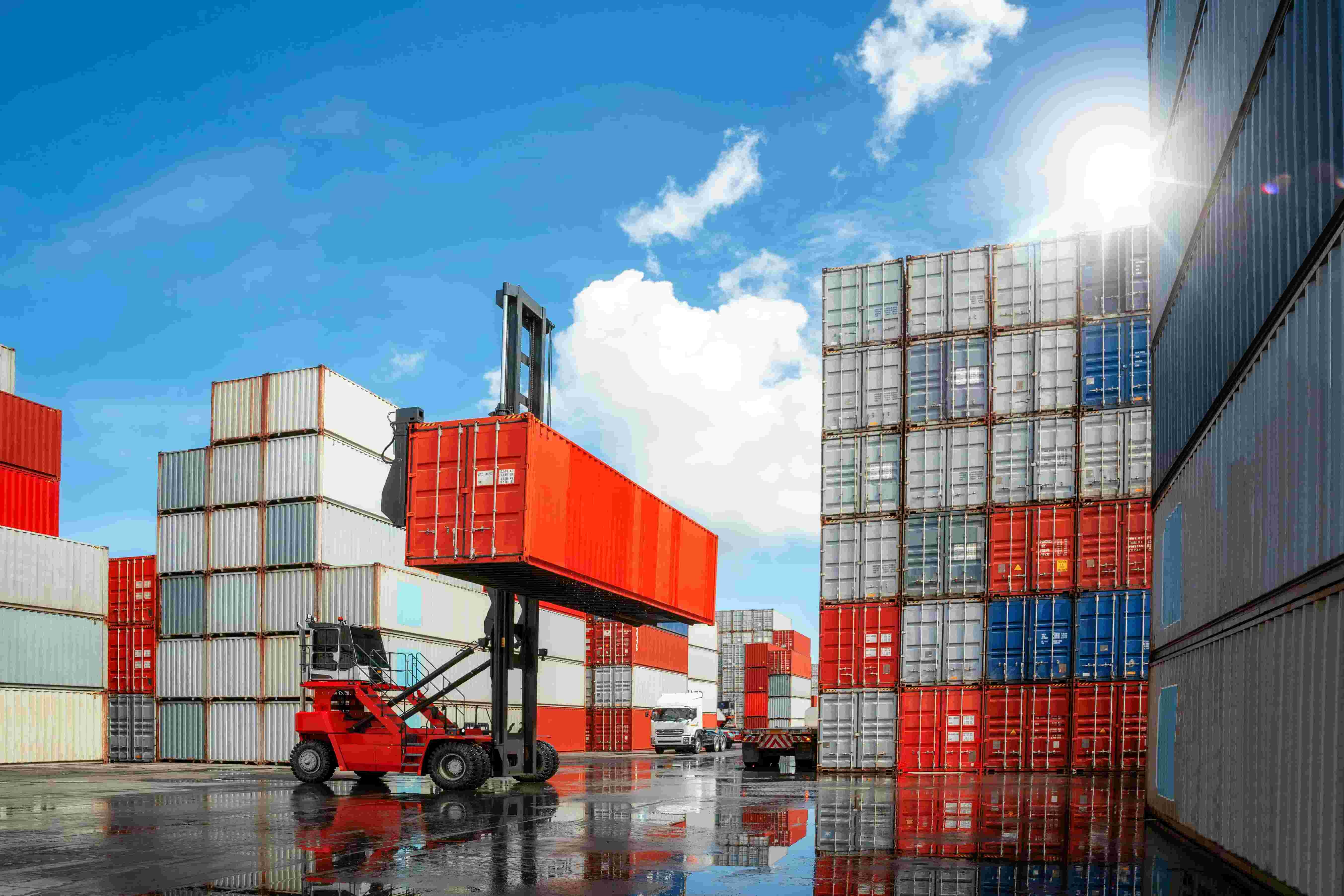
637611972635b.jpg)

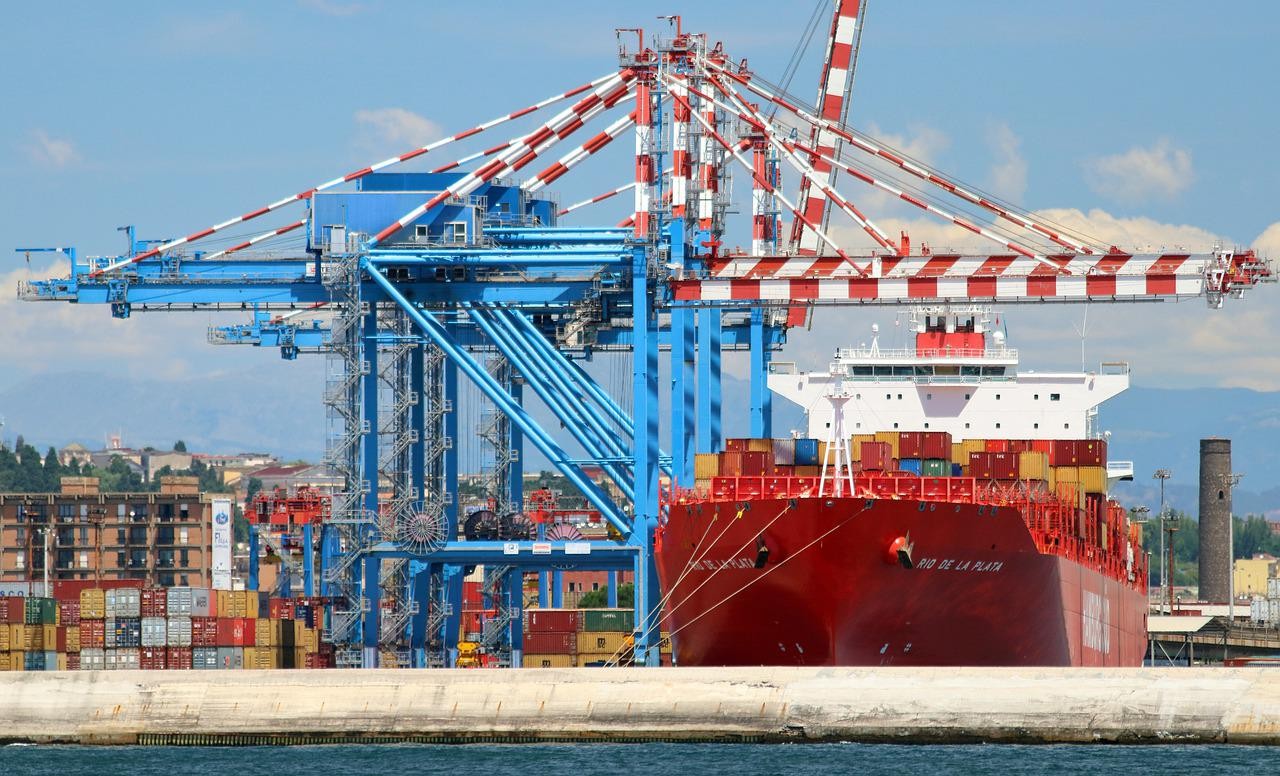

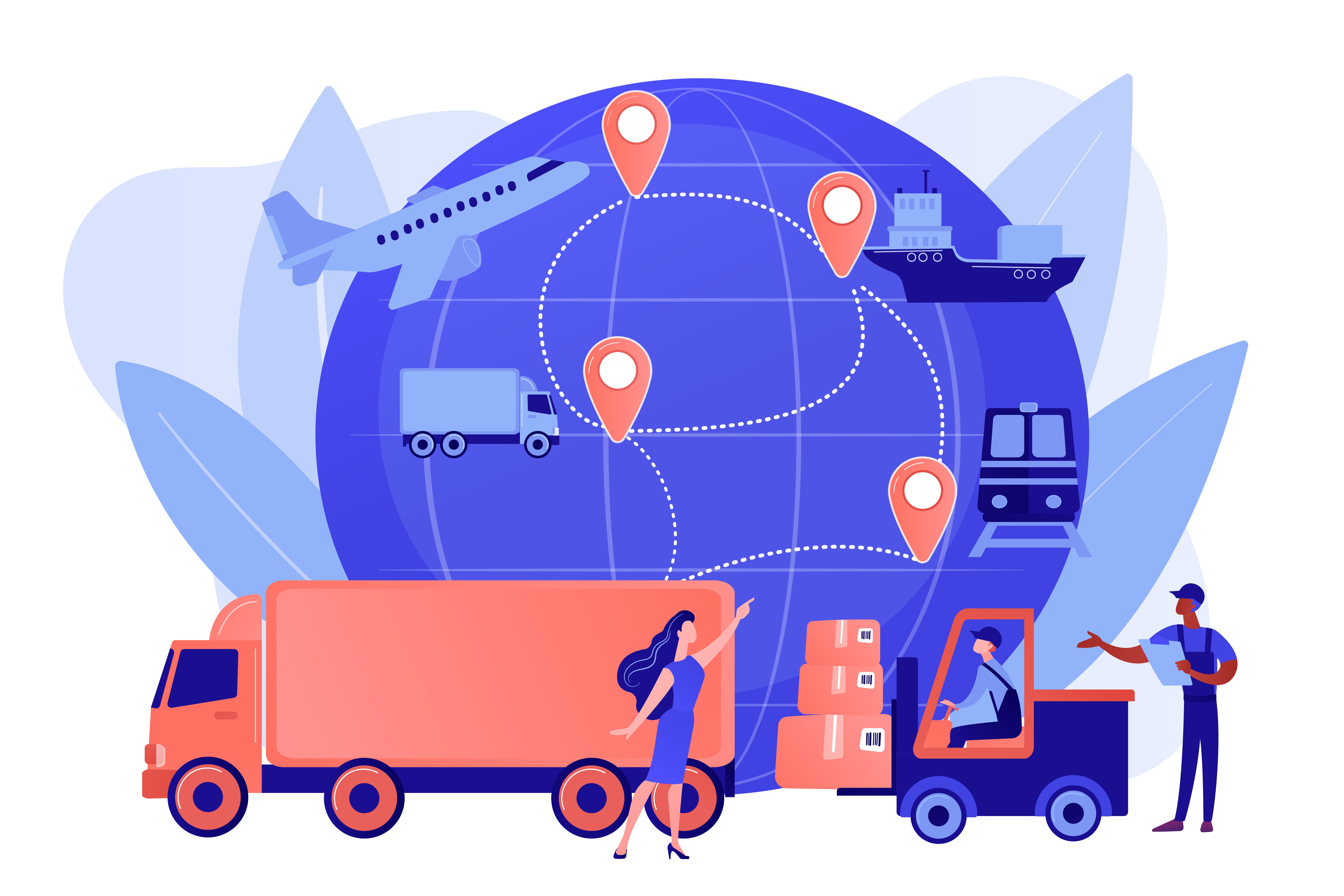
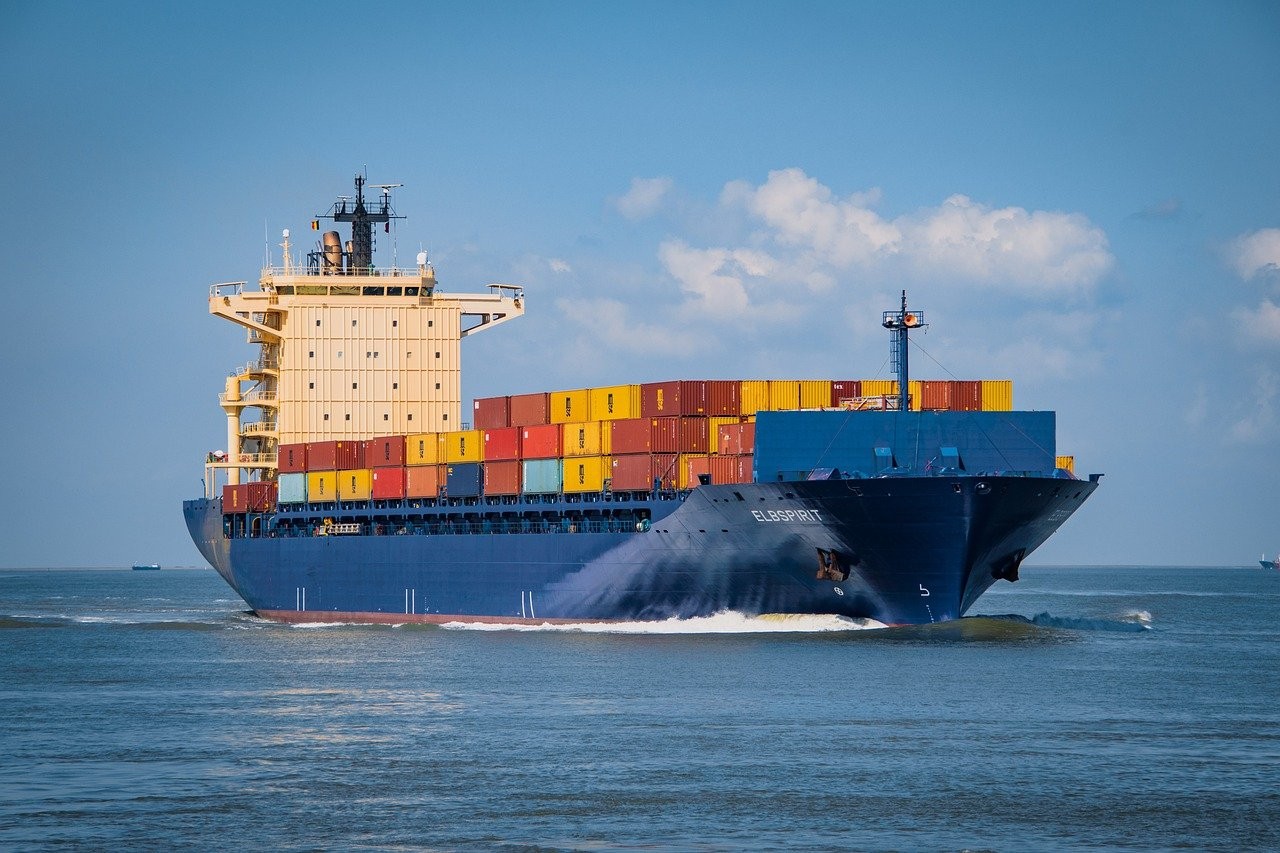
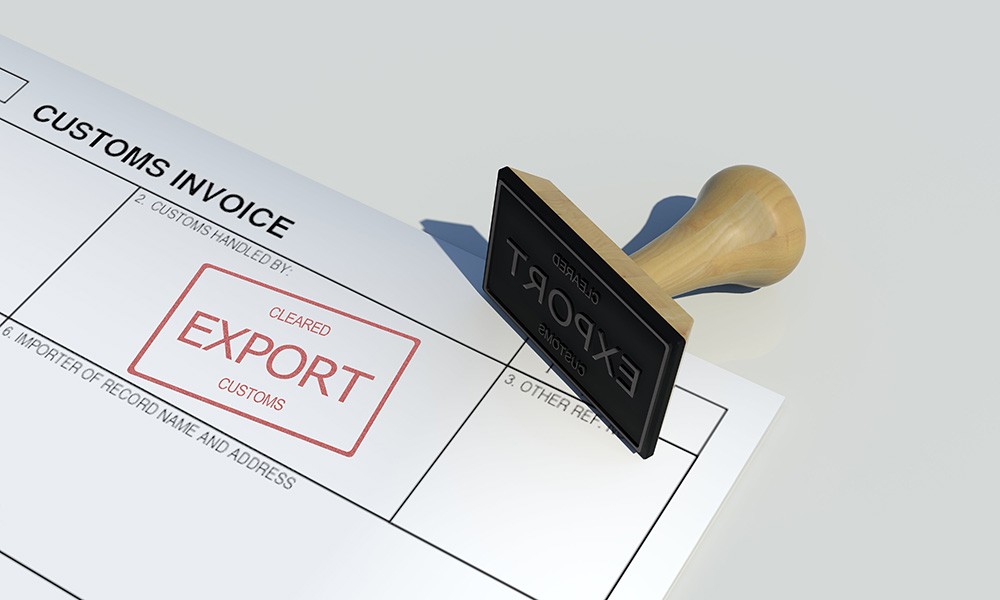
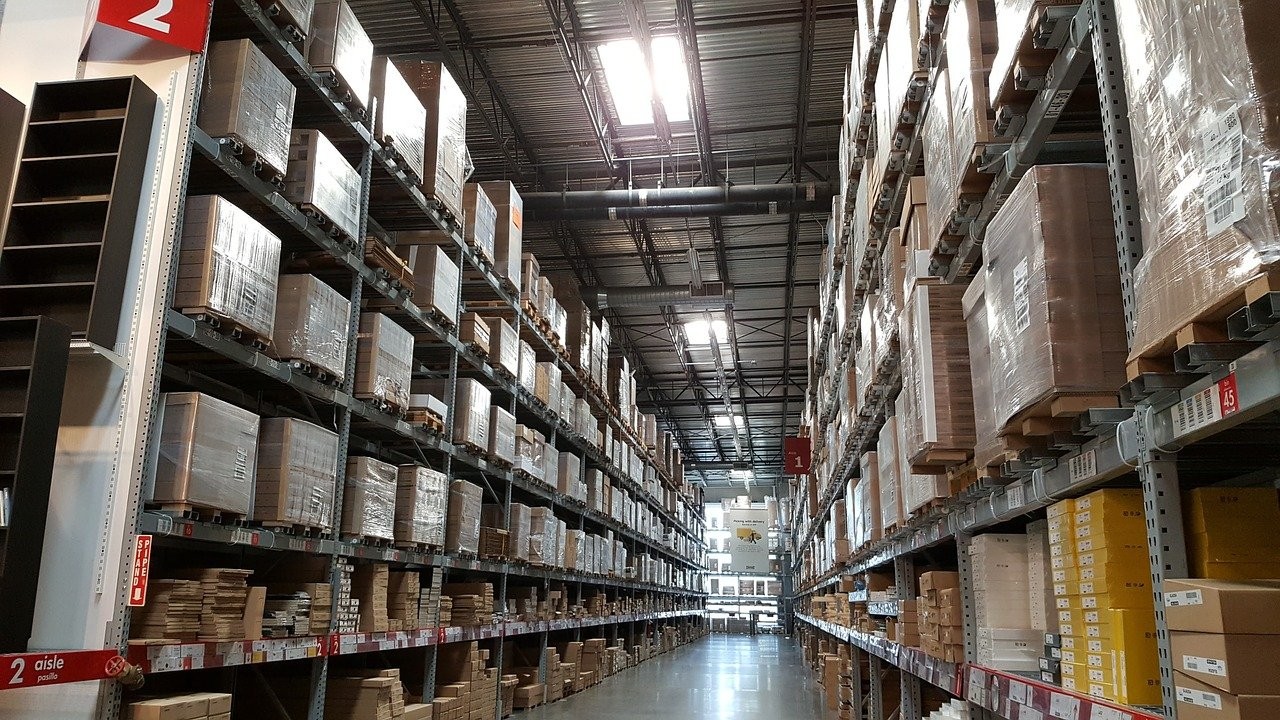


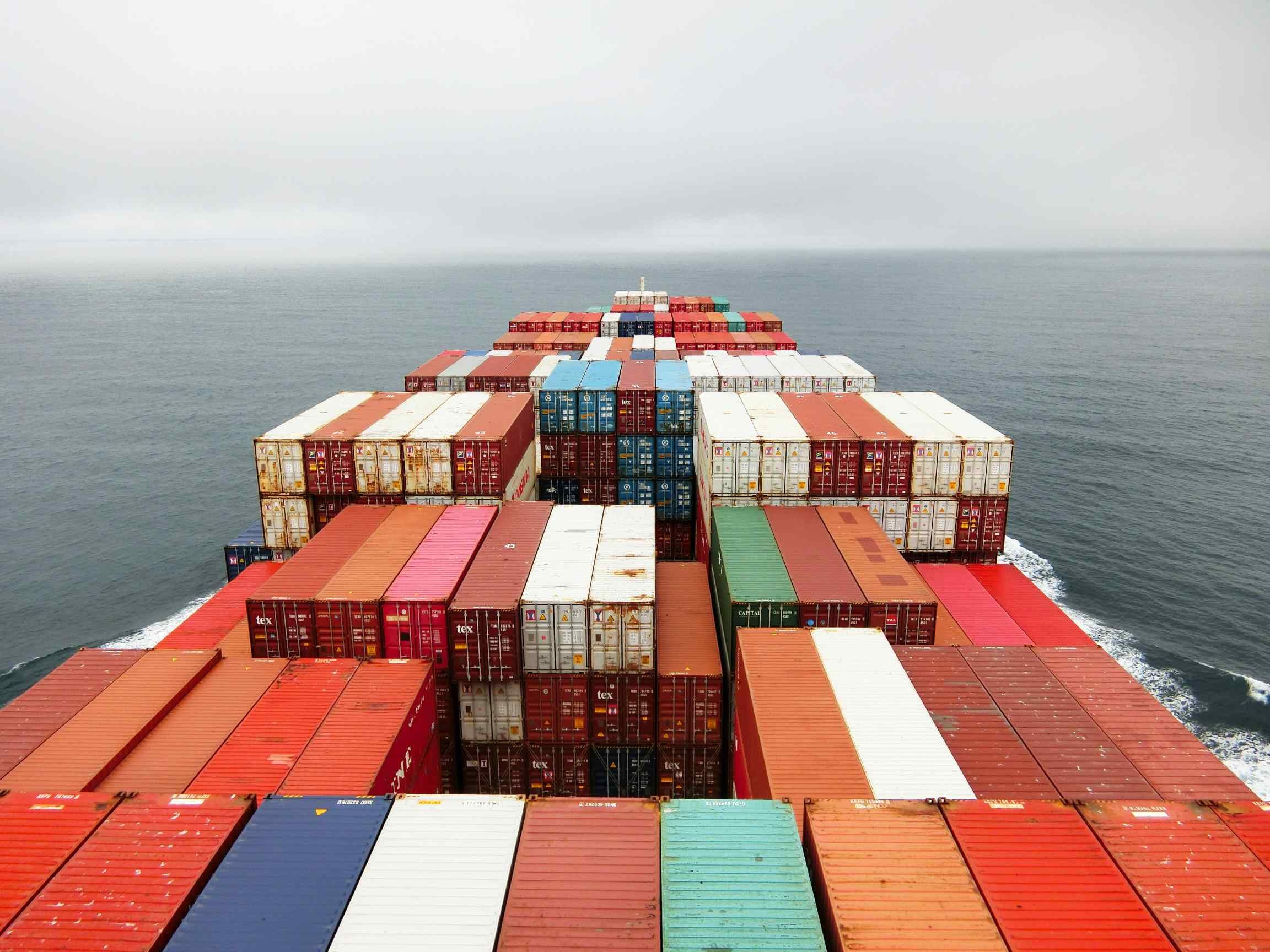
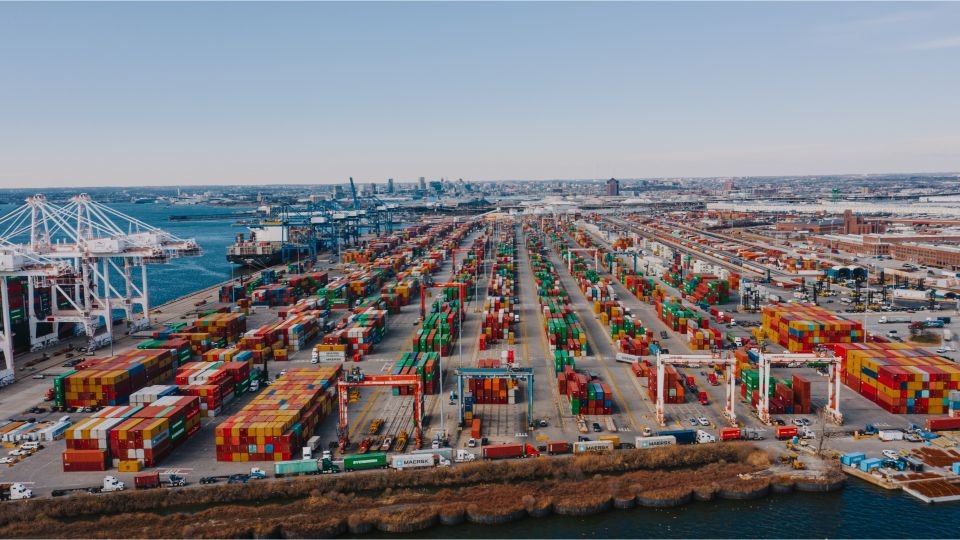

.png)